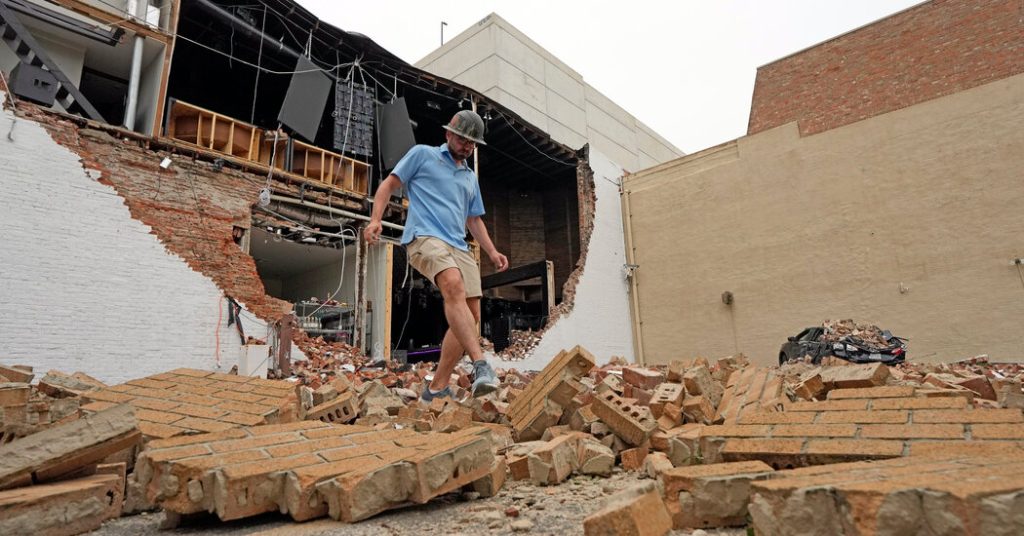Severe thunderstorms are causing extensive damage across the United States, not just through rain and flooding, but also through hail, tornadoes, and wind. These storms are being fueled by the warming climate, as warmer air holds more moisture, increasing a storm’s capacity to carry precipitation and strengthening the intensity of storms. The increase in water vapor in the sky leads to more condensation, which in turn feeds thunderstorms and contributes to their strength. Additionally, warming may lead to more instability in the atmosphere, providing more energy for storms to lift moist air rapidly skyward.
Scientists are still working to understand how exactly global warming is impacting severe storms. While there is theoretical knowledge about the effect of warmer temperatures increasing storm intensity, predicting when powerful storms will form and how destructive they will be is complex. Factors beyond just warming temperatures play a role in determining storm trends, making it difficult to pinpoint how exactly global warming is influencing severe storm activity.
Although there isn’t clear evidence that tornadoes have become more frequent or intense in recent decades, they do seem to be occurring in more concentrated bursts. Additionally, thunderstorms can produce straight-line winds that cause significant damage. These straight-line gusts are affecting larger areas of the central United States compared to the early 1980s. This shift in storm patterns is concerning as it leads to greater destruction in regions that were previously less affected by severe weather events.
The impact of severe thunderstorms is already causing substantial losses for home insurers in the United States. Severe storms are contributing to the financial turmoil in the homeowners insurance market, with insurers losing money on homeowner coverage in states far from coastal areas that are typically hit by hurricanes. The losses from thunderstorms are becoming comparable to those from hurricanes, highlighting the significant financial burden these events are placing on the insurance industry. This underscores the need for preparedness and mitigation efforts to address the growing threat of severe thunderstorms.
In light of these challenges, it is important for policymakers, insurers, and communities to work together to better understand and address the impacts of severe thunderstorms. By investing in improved forecasting, infrastructure resilience, and disaster preparedness, it is possible to mitigate the damage caused by these extreme weather events. Additionally, efforts to reduce greenhouse gas emissions and combat climate change are crucial in reducing the likelihood of more frequent and intense severe storms in the future. Collaborative action is essential to adapt to the changing climate and protect communities from the devastating effects of severe thunderstorms.


